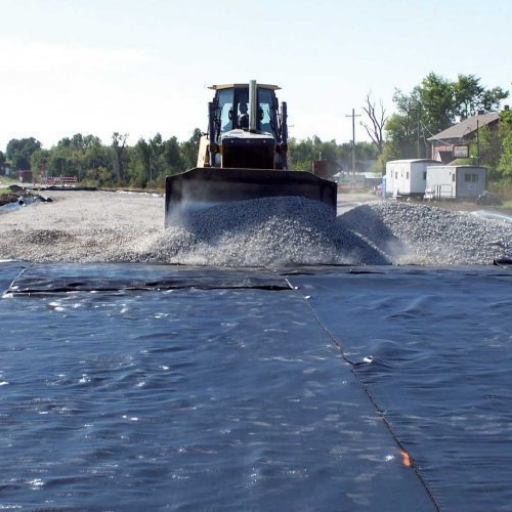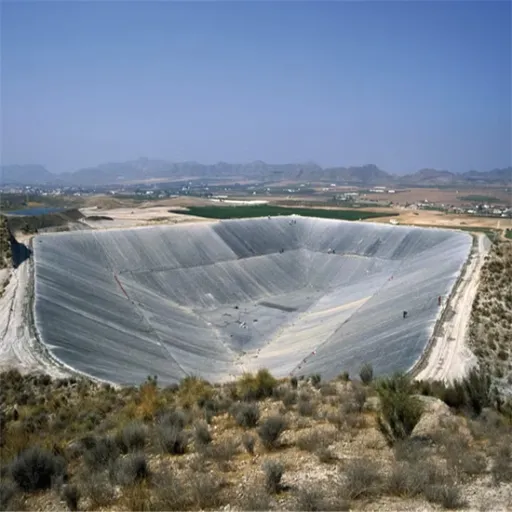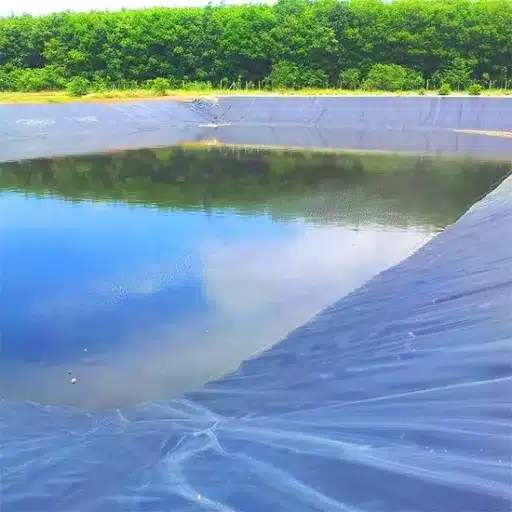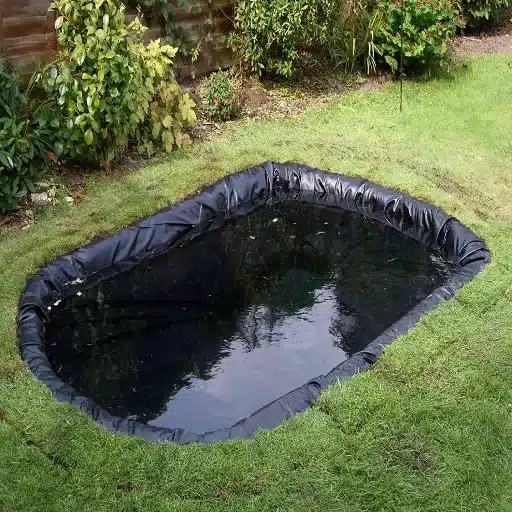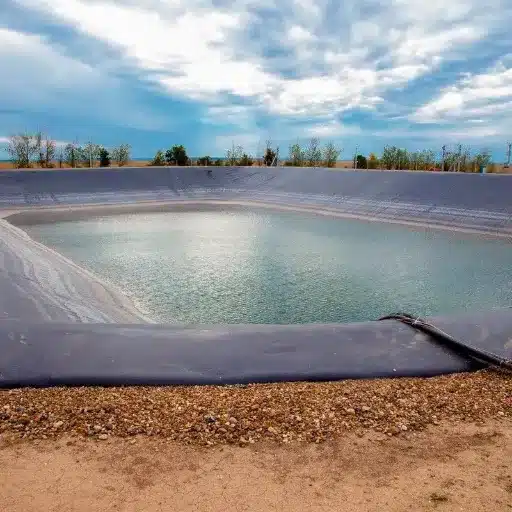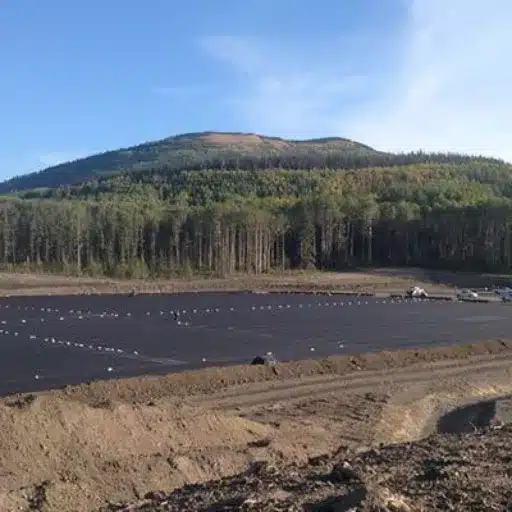For anyone working in construction or landscaping, it is vital to understand the role of woven geotextile fabrics. These innovative materials, especially monofilament geotextiles, offer unmatched strength, durability, and functionality in any application. From soil stabilization to erosion control and drainage solutions, woven geotextiles are the backbone of efficient and sustainable project design.
Understanding Geotextiles
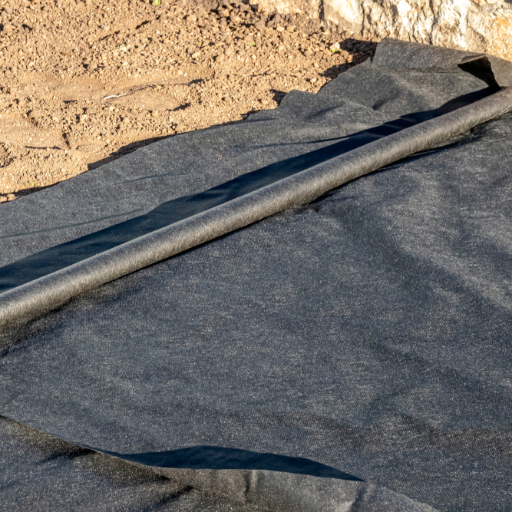
Woven geotextile fabrics are extremely versatile and essential in construction and environmental engineering. They act as reinforcement, providing durability and separation for soil stabilization, erosion control, and drainage development.
What Are Geotextiles?
Geotextiles are permeable fabrics made from either synthetic or natural fibers designed specifically for application within soil to improve its properties. They serve multiple functions:
- Soil Stabilization: In civil engineering and construction projects
- Erosion Reduction: Preventing soil displacement
- Water Drainage: Managing water flow effectively
Types of Geotextiles
| Type | Manufacturing Process | Primary Applications | Key Advantages |
|---|---|---|---|
| Woven Geotextiles | Interlacing synthetic fibers | Road construction, retaining walls, railway stabilization | High tensile strength, load distribution |
| Non-Woven Geotextiles | Thermal, mechanical, or chemical bonding | Drainage systems, landfill liners, soil erosion control | Excellent filtration, water flow |
| Knitted Geotextiles | Interlocking stitching techniques | Erosion control, flexible reinforcement | Flexibility for complex site conditions |
Monofilament Geotextiles

Definition and Properties
Monofilament geotextiles are produced from single, continuous filaments of synthetic materials like polypropylene. They are used in applications where high permeability and resistance to soil clogging are critical parameters.
Key Properties of Monofilament Geotextiles
- Superior Filtration: Precise monofilament spacing allows water passage while stopping soil particles
- High Tensile Strength: Can withstand intensive mechanical loads
- UV Resistance: Maintains integrity in harsh environmental conditions
- Chemical Resistance: Performs well in challenging chemical environments
Advantages of Monofilament Geotextiles
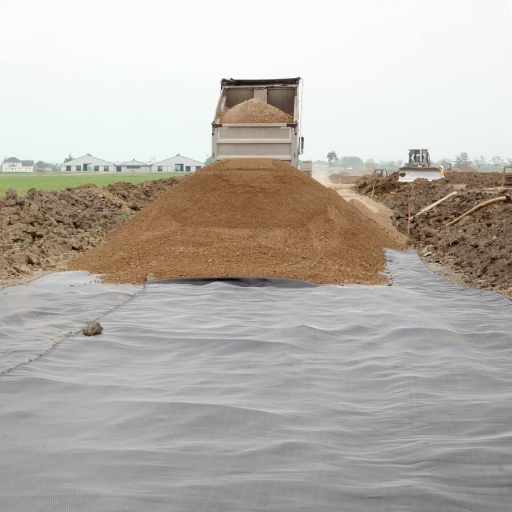
Filtration Excellence
Uniform pore sizes allow water flow while preventing soil particle passage
Tensile Strength
Retain up to 95% tensile strength after environmental stress exposure
Permeability
Improve drainage efficiency by up to 40% over traditional materials
Sustainability
Made from recyclable polymers with reduced environmental impact
Applications in Construction

Retaining Walls
In retaining wall construction, woven geotextiles provide:
- Structural Stability: Prevent soil erosion and maintain wall integrity
- Load Distribution: Reduce lateral pressure on retaining structures
- Drainage Management: Prevent water buildup and hydrostatic pressure
Embankment Stabilization
Woven geotextiles offer critical benefits for embankment projects:
- High Tensile Strength: Support varying loads (400 kN/m and above)
- Low Elongation Properties: Prevent excessive stretching
- Soil Separation: Act as separator between soil and aggregates
- Resource Optimization: Reduce soil excavation and fill material needs
Environmental Benefits
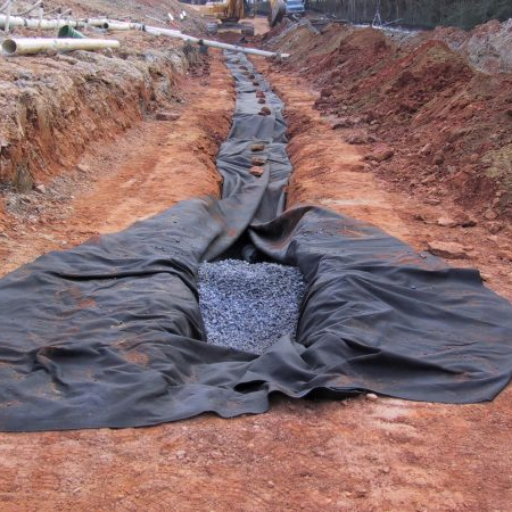
Soil Erosion Control
Geotextiles provide significant environmental advantages:
- 75% Reduction: In soil erosion through protective coverage
- Vegetation Support: Maintain soil integrity and moisture levels
- Ecosystem Protection: Reduce sedimentation rates in aquatic environments
Water Management and Filtration
| Application | Benefit | Performance Improvement |
|---|---|---|
| Water Filtration | Enhanced filtration rates | Up to 90% improvement |
| Urban Drainage | Reduced maintenance costs | 30% cost reduction |
| Agricultural Irrigation | Water use efficiency | 20-25% waste reduction |
Innovations in Geotextile Technology
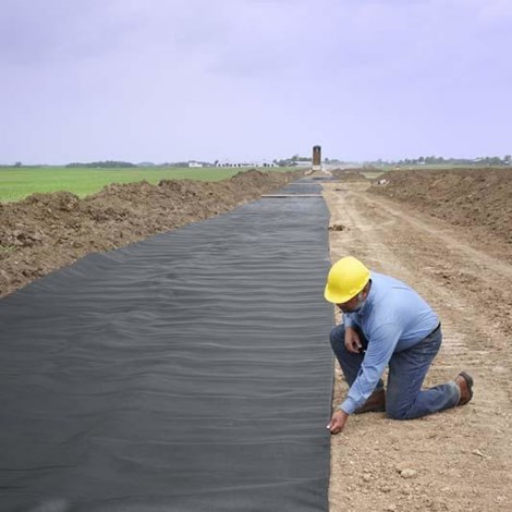
Recent Developments in Woven Monofilament Geotextiles
Modern innovations have focused on:
- Enhanced Durability: Improved resistance to UV light and chemical activity
- Higher Permeability: Up to 45 gpm/sf rating for drainage applications
- Extended Pavement Life: 50% increase in road construction applications
- Reduced Manufacturing Waste: 30% reduction in production waste
Comparisons with Alternative Materials
| Material Type | Durability | Cost | Environmental Impact | Performance |
|---|---|---|---|---|
| Woven Monofilament | Decades of service | Higher initial, lower lifecycle | Recyclable, sustainable | Superior in high-load applications |
| Non-woven Geotextiles | Moderate | Lower initial cost | Moderate | Good for filtration |
| Natural Fibers (Coir/Jute) | 5-10 years | Low initial cost | Biodegradable | Limited weathering resistance |
Reference Sources
- Wikipedia – Geotextile: Offers a comprehensive overview of geotextiles, their functions, and applications in conjunction with soil.
- US Fabrics: Defines geotextiles as permeable textile materials used for soil stability, erosion control, and drainage.
- BontexGeo: Explains geotextiles as woven, nonwoven, or knitted materials made from synthetic or natural polymers, used in geotechnical and civil applications.
Frequently Asked Questions (FAQs)
This comprehensive guide provides essential information for construction professionals, engineers, and environmental specialists working with geotextile materials.

